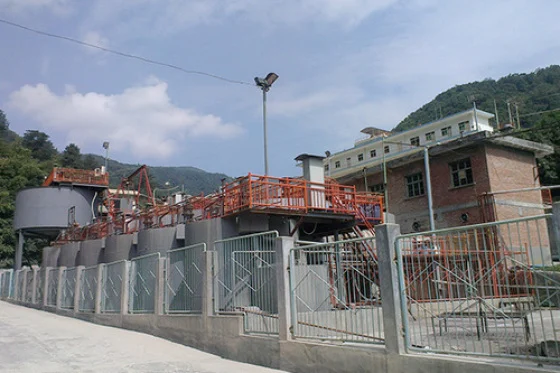
The Carbon-in-Pulp (CIP) method is one of the cyanidation gold extraction techniques. It involves the adsorption of gold by activated carbon after the cyanide leaching of gold-bearing materials. In actual production, most CIP plants encounter various problems, which not only affect the normal operation of gold separation but also seriously damage the economic benefits of the CIP plants. This article will introduce you to four common problems in the CIP process and their corresponding solutions.
1. Blockage of the Carbon-Separating Screen
Problem
The carbon-separating screen is often blocked due to high pulp mass fraction, high-viscosity pulp, high-density carbon, or a large number of impurities such as wood chips in the pulp. This blocks the normal flow of the pulp, leading to overflow in the trough and potential gold losses.
Causes
High pulp mass fraction: Excessive solid content in the pulp can cause the screen to become clogged more easily.
High-viscosity pulp: Pulp with high viscosity has poor fluidity and is prone to accumulate on the screen.
High-density carbon: Dense carbon particles can also contribute to screen blockage.
Impurities in the pulp: Wood chips and other impurities in the pulp can get caught in the screen mesh.
Solutions
Add sawdust removal operation: Implement a process to remove sawdust from the pulp before it reaches the carbon-separating screen.
Reduce pulp mass fraction or carbon density appropriately: Adjust the pulp mass fraction or carbon density to a more suitable level to improve pulp flow.
Increase low-pressure air volume: Add an appropriate amount of low-pressure air to remove the accumulated carbon on the screen.
Modify the carbon screen mesh: Use a horizontal cylindrical screen mesh. Block one end of the screen and connect the other end to the discharge port with a flexible connection. The upper part of the screen is exposed on the surface of the gold pulp and can produce a slight 晃动 with the agitation of the gold pulp. If necessary, manually tap the choke or install a small vibration motor on the screen to clear the blockage. The production practice of CIP plants has proved that this screen is convenient to operate and replace, does not require blowing air, and reduces screen wear.
2. Water Accumulation in the Gearbox of the Stirrer in the Leaching Tank
Problem
The double-impeller low-speed energy-saving mixing tanks used in most carbon-pulp plants have a problem where water accumulates in the gearbox. This can accelerate the damage of the worm gear.
Causes
Air with moisture: Since air enters the tank through the hollow shaft and many CIP treatment plants use Nash compressors for air supply, the incoming air often contains some moisture. This moisture leaks into the gearbox when entering the hollow shaft.
Solutions
Strengthen the sealing at the inlet joint: Ensure a tight seal at the inlet joint to prevent moisture from entering the gearbox.
Select a suitable air-water separator for the vacuum compressor: Improve the separation effect of the air-water separator to remove moisture from the incoming air.
Replace the inlet pipe of the leaching tank: Connect the inlet pipe directly to the bottom of the water inlet of the hollow shaft to completely eliminate the hidden danger.
3. Blockage of the Lime Milk Pipeline
Problem
The lime milk pipeline is prone to blockage, especially near the lime milk valve.
Causes
Lime milk scaling: Lime milk is very likely to form scale, and improper installation often leads to pipeline blockage near the lime milk valve.
Solutions
Optimal installation method: Install the lime milk circulation pipeline at a lower position. The branch pipes at each operation point first incline upward to the highest position of the control valve and then incline downward to flow into each operation point, forming a "herringbone" shape. When the dosing is stopped and the valve is closed, the lime milk in the branch pipe automatically returns to the lime milk tank through the main pipe, preventing pipeline blockage at the valve.
4. Emptying of the Long-Shaft Pump
Problem
The long-shaft pump, which is often used in CIP plants to transport pulp due to its small size, light weight, easy operation, and maintenance, can experience problems such as emptying or being buried when the transported pulp has a high mass fraction and density.
Causes
Poor pulp fluidity: When the pulp has a high mass fraction and density, its fluidity is poor, and it is easy to form deposits at the bottom of the tank, affecting the normal operation of the pump.
Solutions
Modify the pump's main shaft: Weld and lengthen the main shaft of the pump from the top nut so that it extends outside the pump. Install two blades on the outside to form an impeller. When the main shaft rotates, the pulp will no longer produce ore accumulation.
By addressing these common problems in the CIP process, the efficiency and economic benefits of gold extraction can be significantly improved.
- Random article
- Popular articles
- Popular comments
- Gravity beneficiation process for iron ore
- Laterite Nickel Ore: Pyrometallurgical Treatment
- Combined process of laterite nickel ore selection and smelting(oxidized ore)
- Lithium ore combined beneficiation process
- Uranium Ore Radioactive Treatment Process
- Manganese Ore Separation: Gravity and Magnetic Methods
- Molybdenite Grinding and Separation Process



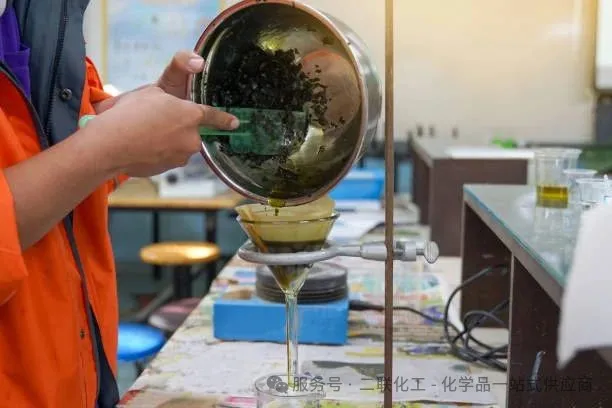

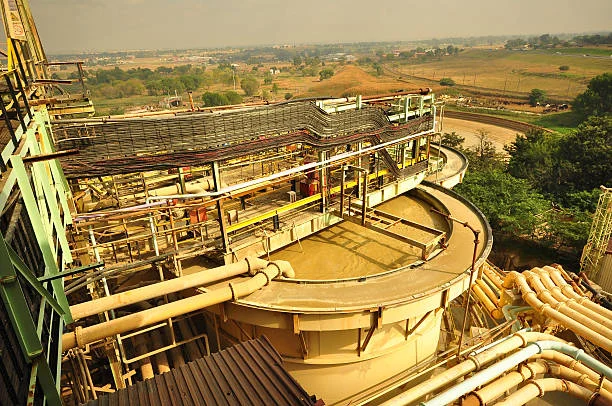
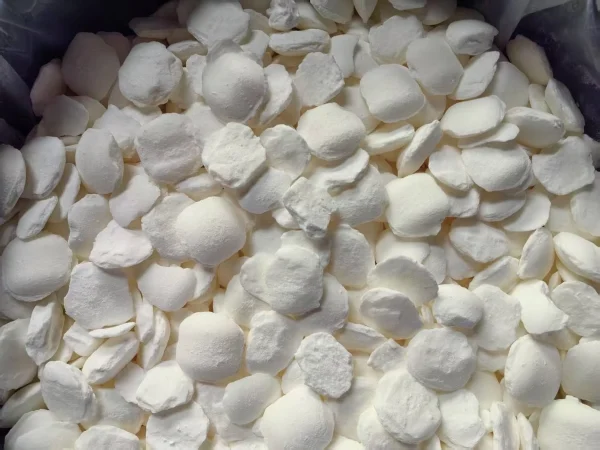
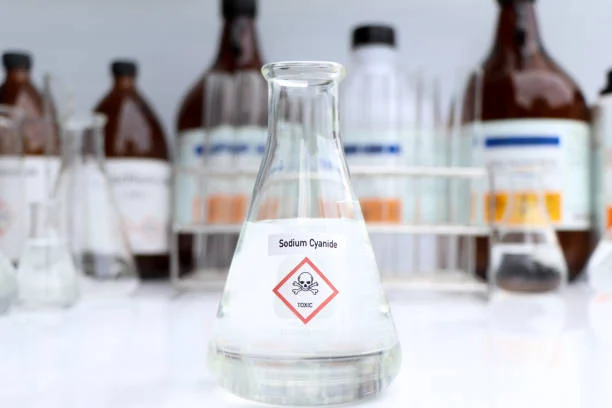

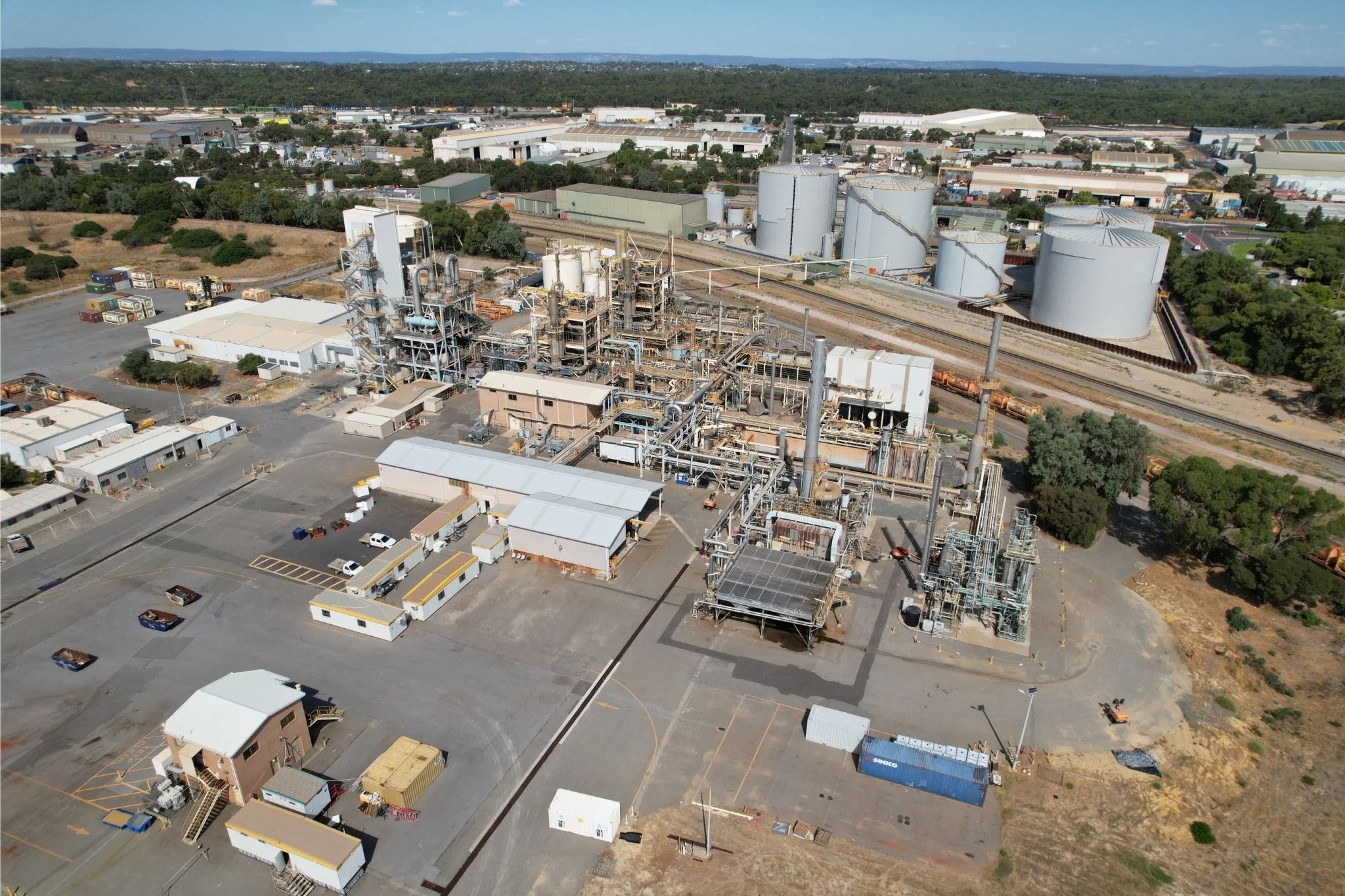
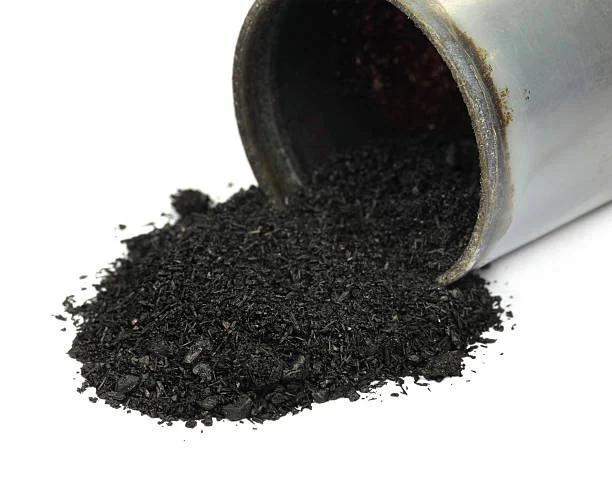

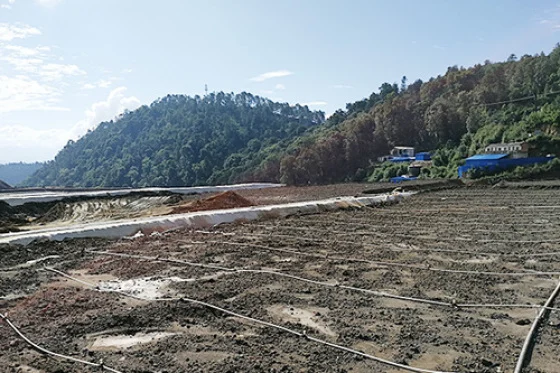
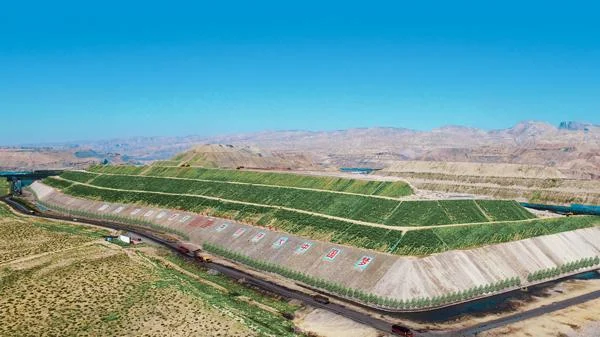

Leave a message with your needs or comments
Add comment: